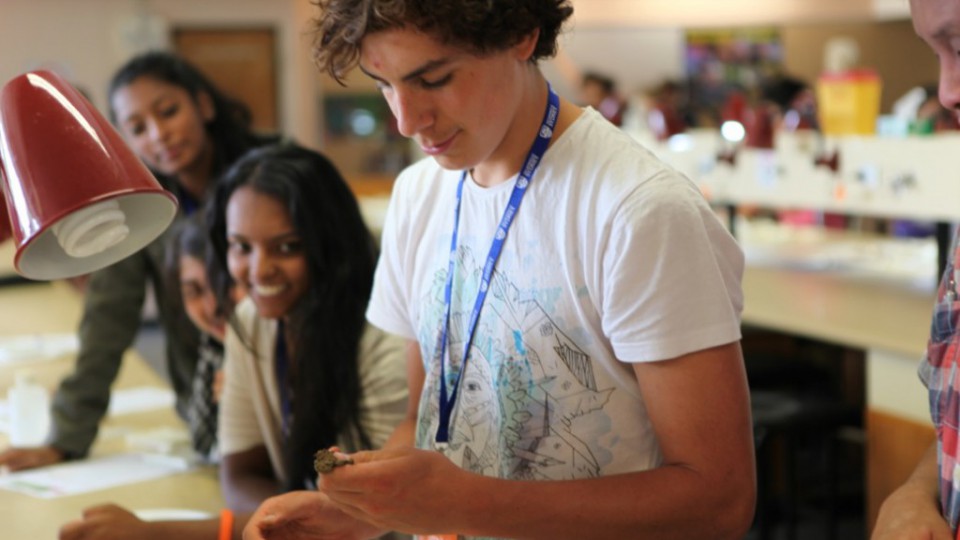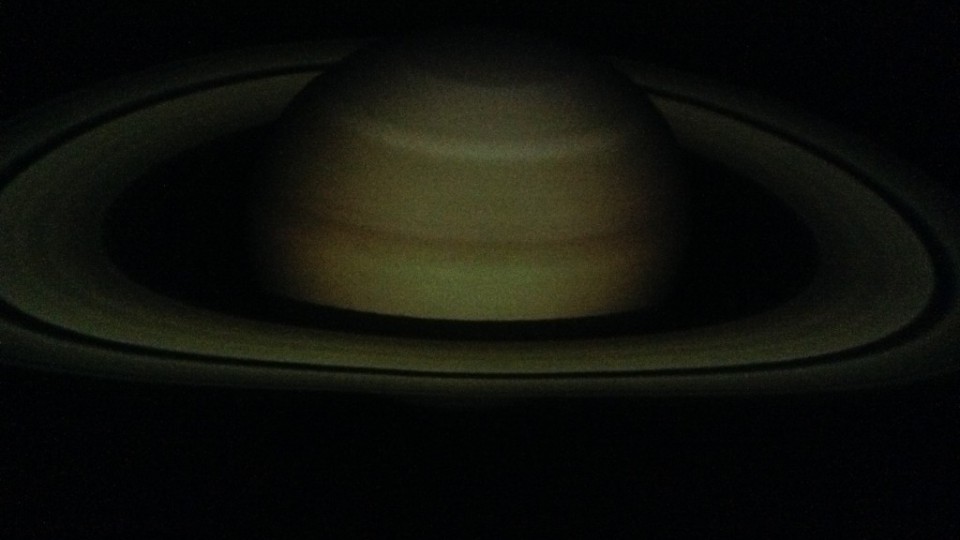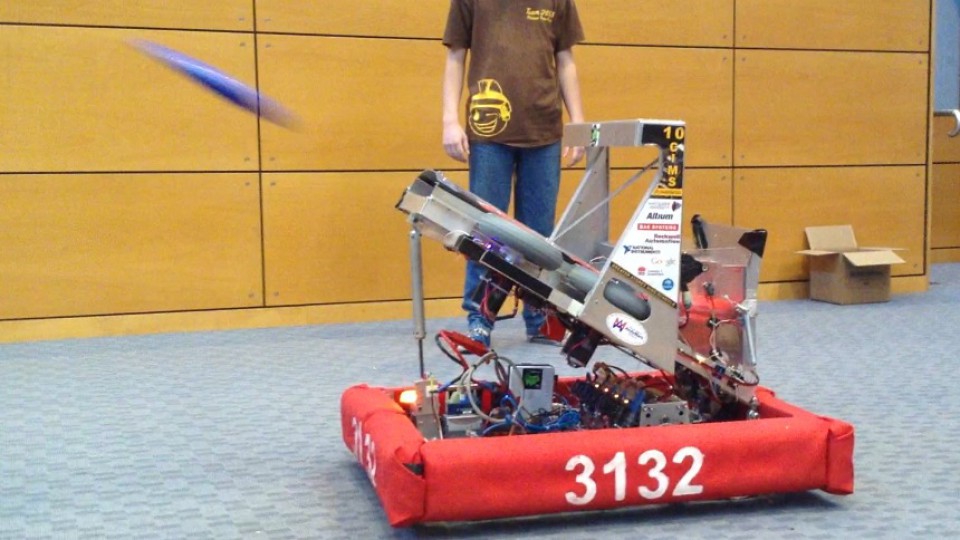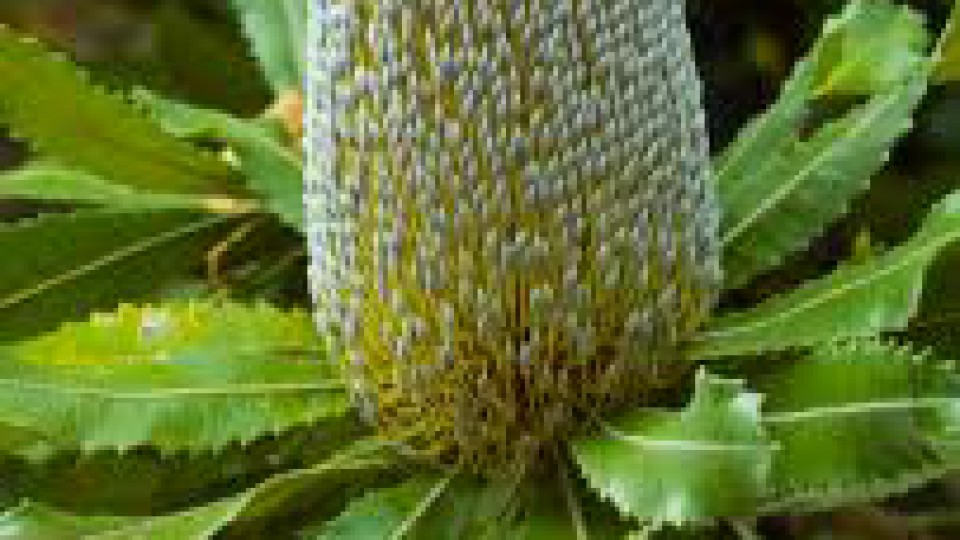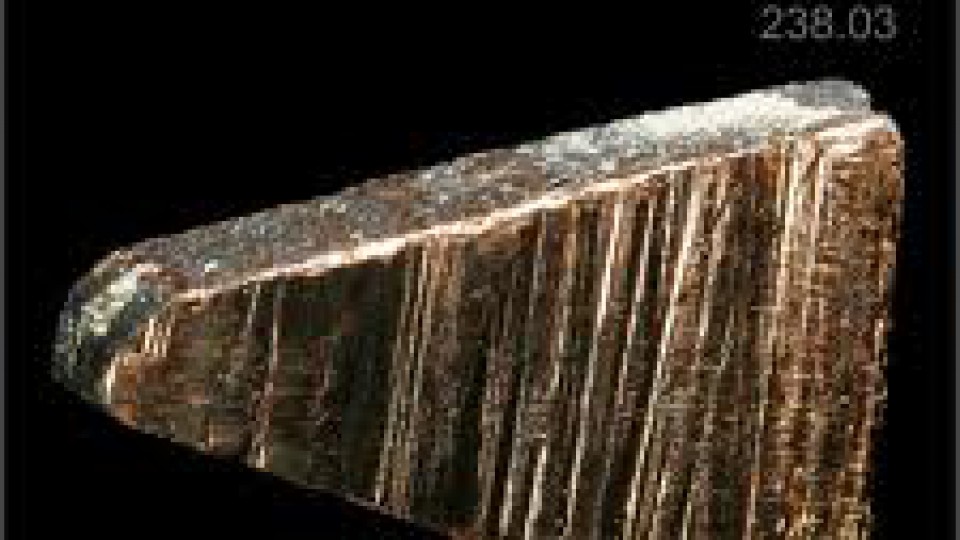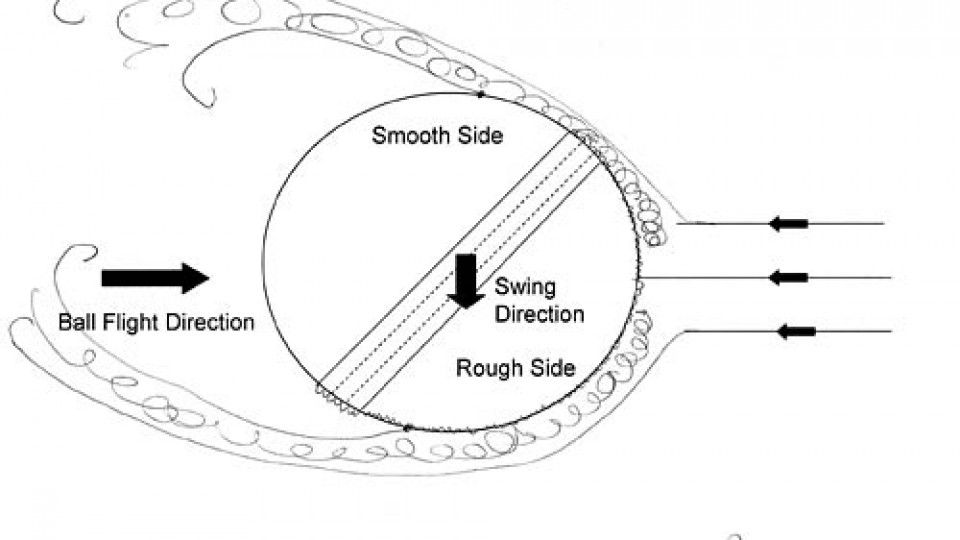As everyone knows, Pi is the ratio of the circumference of a circle to its diameter. That is, Pi = C / D or C= 2 x Pi x r. Pi is an irrational number - one that can never be expressed as a fraction and one whose pattern of digits never repeats. It is infinite and patternless. Many people believe that Pi = 22 / 7 but this is only a very rough approximation and only accurate to 2 decimal places. Even by 480 AD Pi had already been calculated by Zu Chongzhito to 7 decimal places, which is very impressive when you consider that there was not yet trigonometry, calculus or any concept of infinite series. Today, Pi is known accurately to over a trillion digits (using computers of course).
As everyone knows, [pmath size=14]pi[/pmath] is the ratio of the circumference of a circle (C) to its diameter (D)
[pmath size=14]pi = C/D[/pmath] or [pmath size=14]C = 2 pi r[/pmath] (where r is the radius)
[pmath size=14]pi[/pmath] is an irrational number - one that can never be expressed as a fraction and one whose pattern of digits never repeats. It is infinite and patternless
Many people believe that [pmath size=14]pi = 22/7[/pmath] but this is only a very rough approximation and only accurate to 2 decimal places.
Even by 480 AD [pmath size=14]pi[/pmath] had already been calculated by Zu Chongzhito to 7 decimal places, which is very impressive when you consider that there was not yet trigonometry, ... Read More
Category: All Blogs
01
Feb2014
By Garry Prothero:
On the 8th-10th of January, Misko and I attended the conocophillip science experience held at the university of Sydney. The program for the three days consisted of a number of lectures and practical experiments in the field of forensic sciences. Overall it was a very interesting and challenging course that was engaging for my age group. I found the most engaging part of the course was the lecture given by Dr Kendall Bailey on Forensic Pathology. Dr Kendall covered many interesting areas on autopsy's and human anatomy.
Overall I think the course was a well structured and very interesting experience. I give it a 9 out of 10!
Special thanks goes out to the YSA (young science association), Jessica Morris and Warwick Adams
30
Jan2014
By Misko:
Just some brief feedback and thoughts about the Science Experience that Garry and I attended.
The Science Experience was definitely interesting and there were challenging parts. The course was set up to be a bit of an introduction to the university experience. Each day we would engage in a series of practicals and lectures, ranging from determining the blood type of different individuals to a lecture on the mathematics behind the flight of a bullet. I would have to say my favourite parts of the course was the lecture given by Dr Helen Paterson on Forensic Psychology and a lecture presented by Dr Kendall Bailey on Forensic pathology. All the practical activities were very enjoyable including the activities run by YSA. However, some of the other lectures given, did not generate near as much interest. I believed the course was well suited to my age, there were younger participants present who handled it well. Overall I would give the course a 9.5 out of 10 only slightly brought down by the slightly more dull lectures. I would defiantly recommend it as a course to undergo.
24
Jan2014
By Warwick:
Part of the resupply of the International Space Station by an unmanned craft a couple weeks ago was an ant farm!
'Ants in Space' is a school project that will let children on the ground monitor a video feed of an ant colony in orbit to determine how the insects' behaviour changes in microgravity. (Source: New Scientist)
23
Jan2014
By Jade:
On the third and final day, we began with two lectures. The first was from Associate Professor Joanna Jamie who is a bioorganic/medicinal chemist and the Deputy Head of the Department of Chemistry and Bimolecular Sciences at Macquarie University. She spoke about the legends behind plants as well as plant histories, toxins and their medical uses. Our second lecture was from Culum Brown, an expert in fish behaviour and specialises in cognition. I found this lecture especially interesting as it proved a lot of theories and myths (most of which I believed) to be incorrect.
After morning tea, we were introduced to 3D printing and design software. The activity combined engineering and technology with environmental principles. We worked in teams to create a structurally sound and appealing construction out of hexagonal pieces of cardboard and connecters. This was surprisingly challenging.
After a provided lunch, we all took part in “the egg drop”. Each group was given 20 straws, 1 metre of masking tape, a handful of elastic bands, 1 sheet of newspaper and obviously an egg. We had to make a structure and/or some form of protection to prevent our egg from breaking as we dropped it from increasing heights. We were given a few rules and then had 20 minutes to plan and construct our structure. We made a parachute to minimize the falling speed and made a basket of straws to provide extra protection as it hit the ground. Out of the nine ... Read More
22
Jan2014
By Jade:
We started the second day of the ConocoPhillips Science Experience with a lecture by Professor Mariella Herberstein. Mariella is the Head of Department of Biological Sciences and leads the Behavioural Ecology Research group at Macquarie University. Her lecture focused on spider behaviour and evolution as well as briefly mentioning a variety of Australasian invertebrate species from mantises to assassin bugs to harlequin bugs to grasshoppers.
We then ventured through the university to the indigenous science activity where we made a stone axe. We hand-sharpened stones to make an axe head, bent plants around the stone for a handle and finally made string from fibres and collected sap from trees to attach all the pieces.
Later in the day, we proceeded to the astronomy activity where we took a tour of the Milky Way Galaxy inside a blowup planetarium. We looked at all the planets, their moons, supernovas, merging galaxies, constellations and nebulas. (Photo of Saturn taken inside planetarium)
After lunch, we headed to a laboratory where a variety of chemistry experiments had been set up for us. In the first experiment we made slime by combining poly (vinal alcohol) with a sodium borate solution and food colouring. We then rotated to an experiment, which demonstrated how chemical reactions either release or absorb heat from their surroundings. Another experiment was making a continuous nylon thread from the interface of two liquids. Our two group leaders then demonstrated how to make elephant toothpaste by combining ... Read More
21
Jan2014
By Jade:
Following is a recount of my first day at the ConocoPhillips Science Experience, which was held at Macquarie University from 15th – 17th January 2014.
DAY 1:
After registering and playing a few initiation games we took a short walk to the state-of-the-art Macquarie University Hospital where we learnt about zebra fish and how they are being used for research in finding a cure for Motor Neuron Disease. We also looked at human heart rates and blood pressure, discussing how and why these change. We then visited a dummy that has a heartbeat along with the ability to breathe, cry, sweat and blink.
The second activity of the day focused on lasers. We used spectrometers to determine the wavelengths of light and used a laser machine that drew on the wall as we moved it. We had a lot of fun sending messages through light and I was surprised at how technical working with light can be.
After lunch, we then moved to our final activity of the day - robotics. Here we learnt how to program a robot. We were then challenged to a race; however, our robots were not allowed to move on wheels as was previously demonstrated. We were given only straight pieces of lego to construct wheels that would still enable our robot to move. This was very challenging.
For the rest of the afternoon we made our way around a science expo displaying ... Read More
10
Jan2014
By Lachlan:
Today was the third and final day of the CSIRO boot camp, North Ryde, Sydney. When all twenty five of us had wandered in, a botanist, who had been applying Mendel's laws of segregation to Australian banksias demonstrated his research. He then explained about genes and chromosomes in various organisms but particularly banksias. After the explanation, we left the CSIRO complex and headed to the Lane Cove National Park.
When we arrived at the national park, we split into groups of five and headed into the bush land to count and identify "Banksia serrata" and the colour of the flowers. Mendel was an early geneticist and he researched white and purple flowered peas. He discovered that when he bred them together, the second generation of peas had only purple flowers. However, when he bred them together again, most of the next generation was purple, but with some white flowers at a 3:1 ratio. The botanist believed that it was similar with yellow and red banksias.
So, after we noted the red and yellow banksia, we returned to the CSIRO complex, our results didn't mirror his research - we found 21 red and 26 yellow banksias.. Upon arrival, the botanist produced two dead flowers from the Banksia serrata and found a heat gun. He aimed the heat gun at the flowers until both were scorched and only then did the pods open, and the seeds popped out. Banksia seeds only appear when a bushfire passes through the area, so burning ... Read More
09
Jan2014
By Lachlan:
Today, at the CSIRO complex, North Ryde, Sydney, we began learning about nuclear science. Nuclear science is the study, manipulation and research of the nucleus in an atom. A scientist from ANSTO (Australian Nuclear Science and Technology Organisation) visited to explain, essentially, what nuclear science is. We learnt about electrons, protons, neutrons, the six quarks and boson. She also spoke about the applications of nuclear science in the real world, it is used for: Nuclear medicines, carbon dating, high quality silicon doping (used for electronics in bullet trains) and bone or tendon transplants.
After the explanation, we constructed a cloud chamber, which can be used to see background gamma radiation. When we shined a torch through the chamber large clumps of particles could be seen falling to the floor of the chamber. That is gamma radiation, which is everywhere, for it is contained in uranium molecules. Uranium molecules are all over the Earth, even in bricks, so radiation is all over the place.
After lunch we ventured to the 3M building only a short walk away. After being assigned groups, we wandered from display to display, where 3M instructors were stationed to explain the various inventions. 3M has invented everything from masking tape to gas masks and all things in between, but my favourite invention was a security screen for IPads. It was designed so only the person viewing the screen could see it, while people who are along side, only see a blank screen. This would ... Read More
09
Jan2014
By Warwick:
Here are a couple interesting articles on the physics of bounce and swing bowling.
http://www.theaftermatter.com/2012/04/physics-of-cricket-what-is-swing.html
http://www.scienceinafrica.co.za/2002/december/bounce.htm


